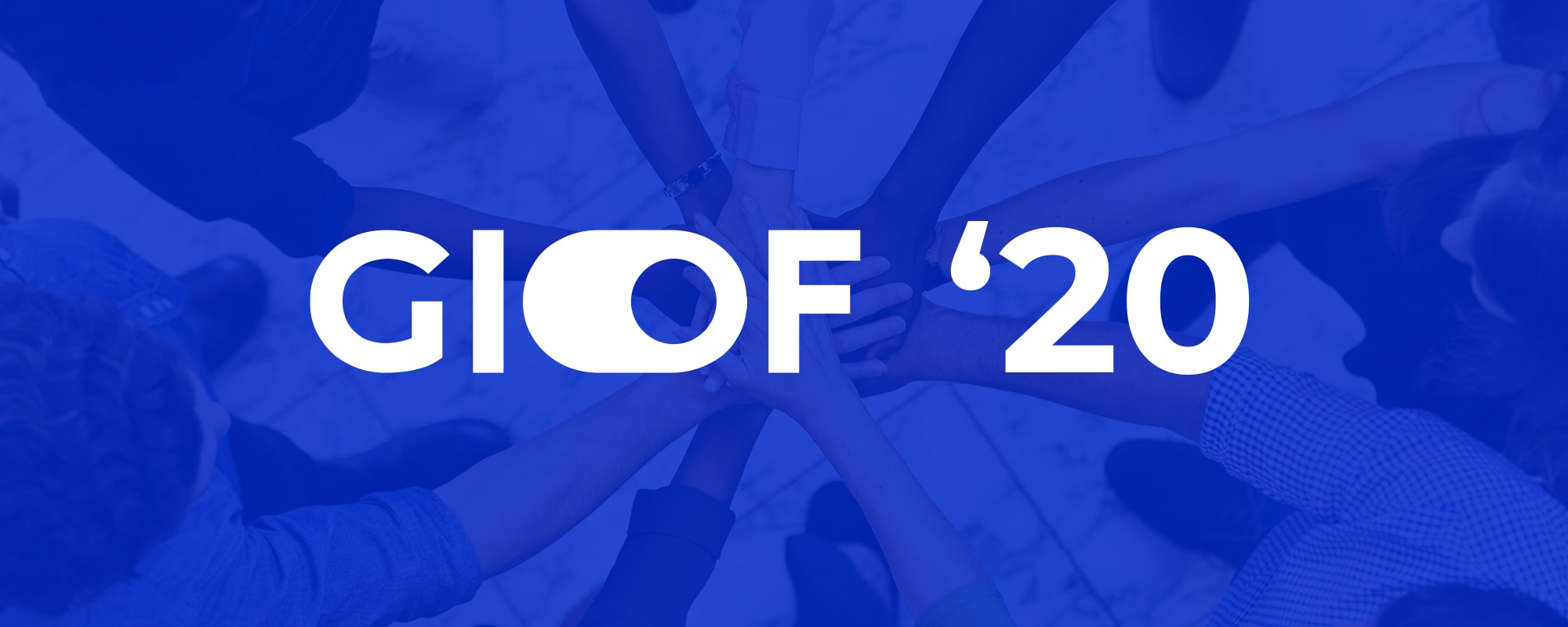WHY DO DIVERSITY ADVOCATES FEAR FULLY BLIND HIRING?

Fully blind hiring is when hiring decisions are made before a candidate’s identity is disclosed, eliminating both conscious and unconscious bias. In comparison, blind recruitment and blind resume screening eliminate bias in the early stages of the hiring process, though also rely on non-blind, traditional hiring processes, such as in person interviews.
The concept of concealed candidate identity isn’t new, with the need for HR and Diversity, Equity and Inclusion (DEI) professionals to reduce discrimination and during hiring increasingly evident. Technological advances have enabled blind hiring in an affordable and easy manner and, as such, numerous companies are already using anonymous resumes, skill tests and blind interviews to pre-select candidates for final, in-person interviews.
Despite the benefits of fully blind hiring, of which the main one is the full elimination of personal biases during the process, , many company executives and diversity advocates are hesitant to adopt a fully blind hiring process. This includes the creators of blind-hiring software products, who still highlight the need for in-person interviews.
Stephanie Lampkin, the Founder of Blendoor, which uses a software product to help companies access diverse candidates, in the Bold’s article dedicated to blind hiring, is quoted stating that a fully blind hiring process could put jobseekers into uncomfortable environments.
Petar Vujosevic, a Co-Founder at GapJumpers, a software platform helping employers remove bias from candidate pre-screening processes and conduct “Blind auditions”, says that his product is not a replacement for face-to-face interviews. Petar states that the Blind auditions are “simply a first step in the process”, and a “better way to prepare applicants and employers for those in-person interviews”.
Overall, HR and DEI professionals tend to agree that, while aspects of blind hiring are beneficial, a final in-person interview is necessary. Often people conducting the hiring process believe it is a necessity to “test the culture fit” and get to “know the candidates better”, for example, before they are hired.
But, if the whole purpose of the blind hiring method is to remove bias, why do diversity advocates fear to remove them completely?
To find an answer to this question, I want to draw your attention to the report “Going blind to see more clearly” published by the behavioral economics team of the Australian Government in 2017. In a study of 2100 public servants, the probabilities of hiring women and people in minority groups via blind and traditional methods were compared. The study found that women and minorities were more likely to be hired via traditional methods than via blind resume selection, suggesting positive discrimination:
-
participants were 2.9 % more likely to shortlist female candidates and 3.2 % less likely to shortlist male applicants when they were identifiable, using traditional methods, compared with when they were blind;
-
minority males were 5.8 % more likely to be shortlisted and minority females were 8.6 % more likely to be shortlisted when identifiable compared to when applications were blind;
-
the positive discrimination was strongest for Indigenous female candidates, who were 22.2 % more likely to be shortlisted when identifiable, compared to when the applications were blind.
The Australian Government is not alone in practicing positive discrimination for minorities and underrepresented groups. Many global organizations have incentivized pro-diversity bias, aimed at hiring more women, BIPOC, LGBTQIA+, and other minorities. This is typically achieved by setting minority representation targets and linked to senior management bonuses.
By adopting a fully-blind hiring methodology, pro-diversity organizations would not be able to prioritize hiring diverse candidates. This may be a key reason why many diversity advocates do not want to use fully blind hiring methods.
However, not being able to prioritize diverse candidates does not automatically lead to de-prioritizing or discriminating against them, which in the blind hiring method is simply impossible. .
In contrast, by applying blind hiring methods, companies stand to more equitably recruit representatives from across the diversity spectrum, not only genders and races that most of the global organizations are primarily focusing on, but also some overlooked diverse categories — different neurodiverse, age ranges, physical and mental disabilities backgrounds, LGBTQIA+ community as well as other dimensions.
In this article we have not mentioned diversity-ignorant organizations, which still constitute the majority of the corporate world. Blind hiring practices for them could reveal previously overlooked diverse talent.
Getting back to pro-diversity organizations, the key advantage of the fully blind hiring is that it helps companies win competition for the best talent on the market, no matter what demographic background they are coming from. At the end of the day, it is diverse talent, not just diversity, that creates value, generates ideas and builds world-class organizations.

 Blind Hiring Summit: Embracing the New Age of HR
Blind Hiring Summit: Embracing the New Age of HR DEI Data Summit
DEI Data Summit Diversity Fatigue Summit
Diversity Fatigue Summit GIOF 2022 Annual Meeting
GIOF 2022 Annual Meeting Banking for everyone: Arising accessibility trends in banking and financial services
Banking for everyone: Arising accessibility trends in banking and financial services GIOF 2021
GIOF 2021 GIOF 2020
GIOF 2020